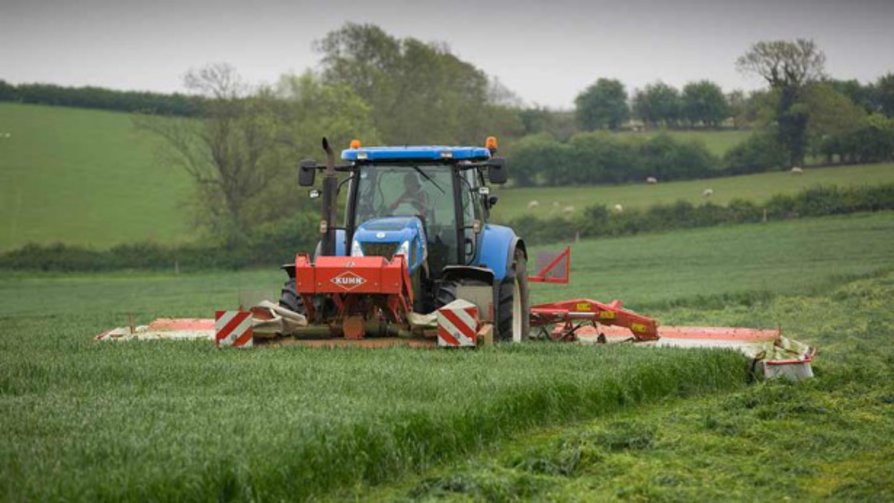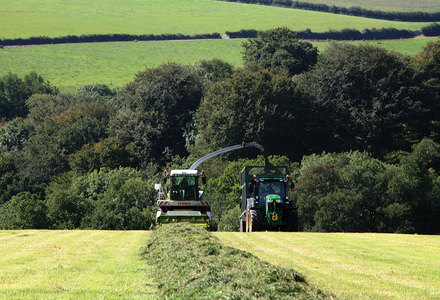Why are high nitrate levels at cutting a problem?
High nitrate levels at harvest (>1000ppm or 0.1%) are an indication that the fertiliser nitrogen applied has not all been converted to protein. This can occur if too much N fertiliser is applied or it is applied to near to harvest. It can also occur when there is rain after a prolonged dry spell which will cause rapid N uptake.
 Such crops will also have low sugar levels and a higher buffering capacity. Low sugar, high non-protein nitrogen and a high buffering capacity all tend to make a poor silage fermentation more likely. There is also the risk of toxic silo gas being produced.
Such crops will also have low sugar levels and a higher buffering capacity. Low sugar, high non-protein nitrogen and a high buffering capacity all tend to make a poor silage fermentation more likely. There is also the risk of toxic silo gas being produced.
How can I avoid high nitrate levels at harvest?
The best way is to get your application rate right in the first place! However, prolonged periods of dry weather cannot be anticipated and can ruin even the best made plans. Remember that, after a prolonged dry spell, rain will cause rapid nitrogen uptake by the plants.
If high nitrates are suspected make sure you have a representative sample of the grass analysed. If the nitrate level is above 1,000 ppm (0.1%) you should not ensile. Wait a few days and analyse again.
Is there anything else I can do to help if nitrates are high
Ensiling at a higher dry matter will help to reduce the risk of a poor fermentation as will application of a silage inoculant designed to make the initial fermentation faster and more efficient
